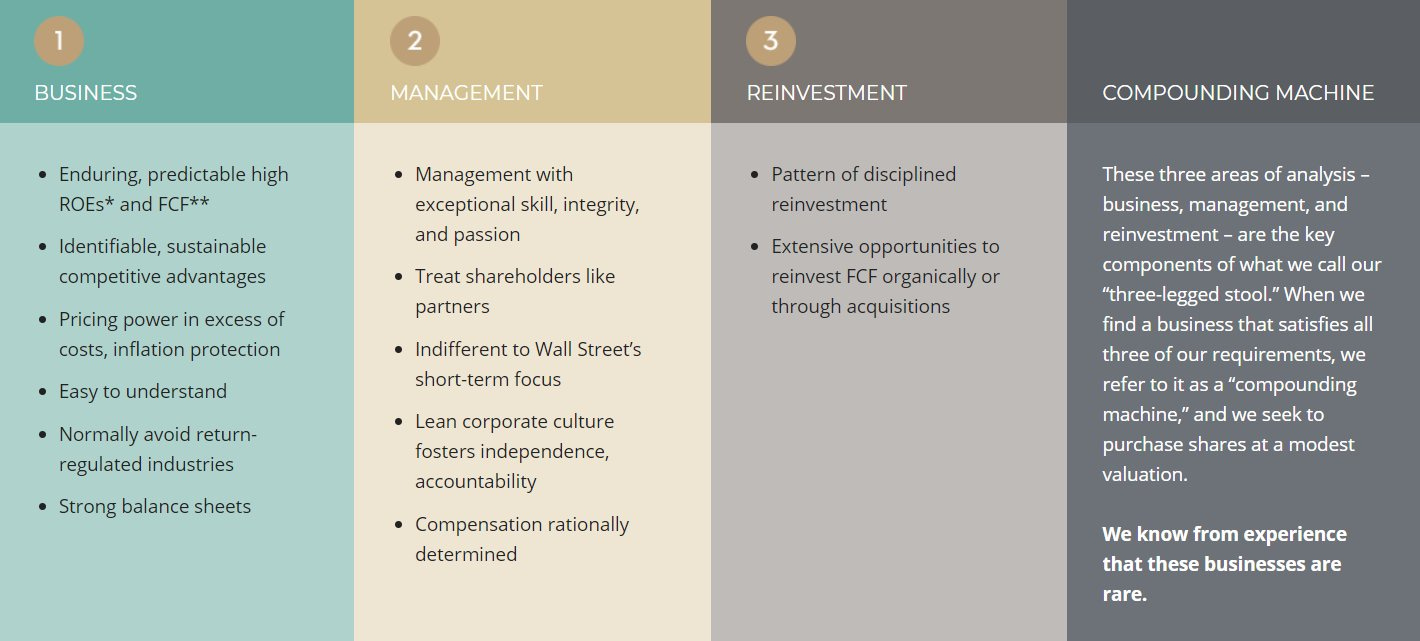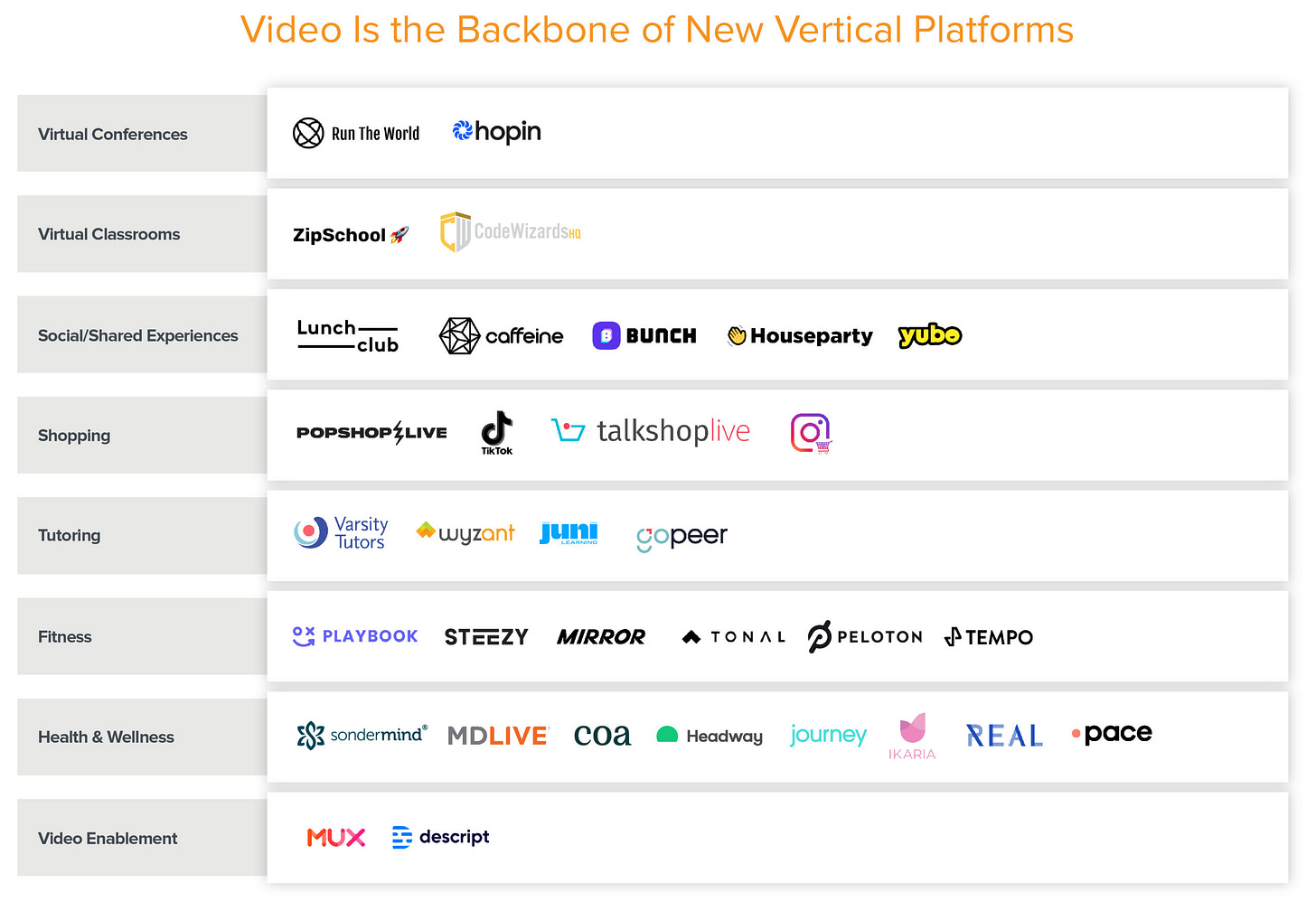One Step Up #29
This week, we look at Bilibili, Chuck Akre's investment philosophy, The Amazon 3P Seller Ecosystem, China's grocery delivery market, the future of video + more
Apologies for the delay in getting this out (‘tis the holiday season). This is going to be the final newsletter this year. See you all in 2021!
An introduction to Bilibili
What is it? China’s YouTube and a lot more.
Why’s it interesting? You need to pass a 100 questions entrance exam to be a member (Topics covered in the test include copyrights, commentary etiquette, platform neologism and niche questions based on topics of your choosing), it's a user-generated platform not dependent on ad revenue.
Every single social platform in the west that I can think of focuses on reducing the registration friction, it seems like a no-brainer esp if your priority is the growth of the platform. Bilibili’s process seems counter-intuitive until you factor in that its aim is sustainable growth. Sustainable growth means that they want to let in dedicated members who will engage earnestly with the content, and having a pretty time-consuming quiz does filter for that.
How to Increase Your Luck Surface Area
The amount of serendipity that will occur in your life, your Luck Surface Area, is directly proportional to the degree to which you do something you're passionate about combined with the total number of people to whom this is effectively communicated.
To satisfy my mathematically oriented brain I've gone one step further and formalized the concept into the equation L = D * T, where L is luck, D is doing and T is telling. This demonstrates clearly that the more you do and the more people you tell about it, the larger your Luck Surface Area will become. And while I like equations, it's the graphical representation that really brings the concept home.
The essence of Akre Capital Management’s investment philosophy:
Extraordinary business
Talented management
Great reinvestment opportunities and history
Must read: An Investor's Odyssey: The Search for Outstanding Investments (link)
The Amazon Third Party Seller Ecosystem Might be the Most Important Thing Since the iOS App Store
It is expected that ~$200B of sales will go through the marketplace this year, and most analysts expect that number to reach $400B by 2023. It is the first $1T+ asset class that will get developed, almost from scratch.
His beef is that all too often, economic models assume something called “ergodicity.” That is, the average of all possible outcomes of a given situation informs how any one person might experience it. But that’s often not the case.
Peters takes aim at expected utility theory, the bedrock that modern economics is built on. It explains that when we make decisions, we conduct a cost-benefit analysis and try to choose the option that maximizes our wealth.
The problem, Peters says, is the model fails to predict how humans actually behave because the math is flawed. Expected utility is calculated as an average of all possible outcomes for a given event. What this misses is how a single outlier can, in effect, skew perceptions. Or put another way, what you might expect on average has little resemblance to what most people experience.
Shaved Heads, 84-Hour Work Week as China Tech Gets Into Groceries
Part of the optimism around China’s grocery battle is due to its business model, which differs from grocery-delivery businesses in the West. Chinese players are using a new approach called community group buying, in which multiple households—often neighbors within an apartment complex—pool their food orders to buy in bulk. Unlike U.S.-based grocery-delivery startup Instacart, which picks up food from retail grocery stores and delivers it straight to each customer’s door (or lets customers pick up orders at the store), customers of the Chinese apps place orders ahead of time with local neighborhood “team leaders”—typically small shop owners or young mothers and others who earn commissions from transactions—and then pick up the groceries themselves the next day from designated locations.
The Chinese model cuts out the 50% markup charged by traditional retailers who rely on layers of distributors and middlemen. The grocery app makers hold only about a day’s worth of inventory, getting it directly from wholesalers and farms. And they rely on a distribution network of small mom-and-pop shops—millions of them, according to a Citic Securities’ estimate. Much of the communication between team leaders and customers takes place on the messaging app WeChat, where the leaders organize a bulk purchase and tell customers when to pick up their orders. (All of the grocery players have standalone mobile apps, but most people order the groceries via the companies’ app-like “mini programs” within WeChat.) The shop owners like the model because it brings in extra cash from commissions and more foot traffic when customers come in to pick up perishables that the stores normally wouldn’t stock themselves.
Live, Social, and Shoppable: The Future of Video
Video will soon become the backbone of a whole new suite of vertical platforms. Conferences, classrooms, dates, group fitness, tutoring sessions, healthcare appointments—all the interactions we used to think had to happen face-to-face—we’re now finding out these interactions work just as well, if not better, in a video world.
Till next time!








